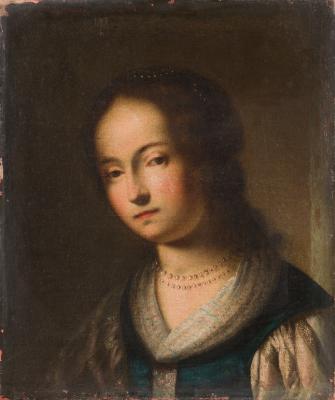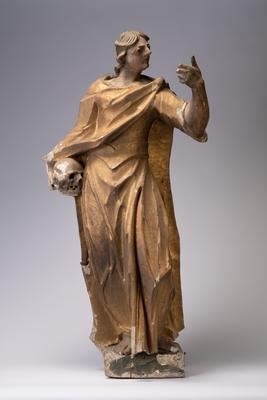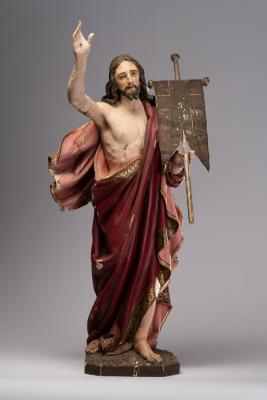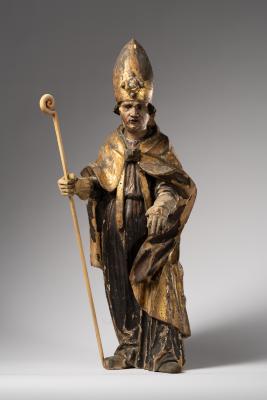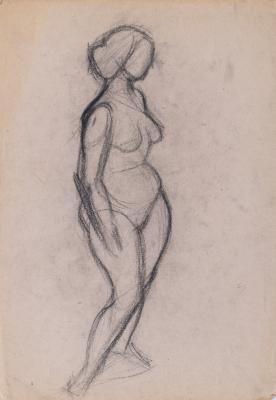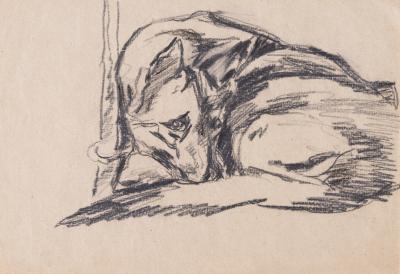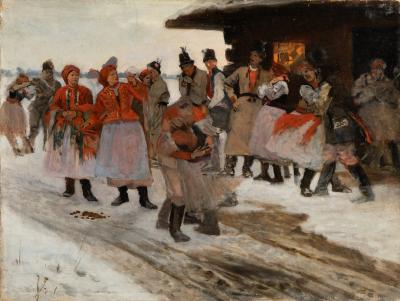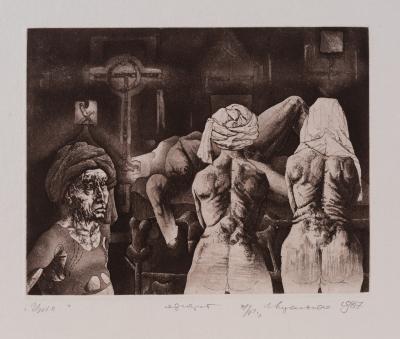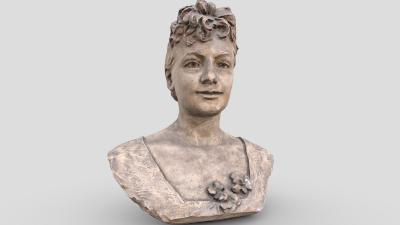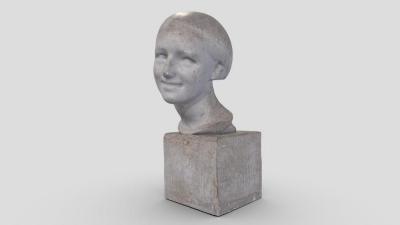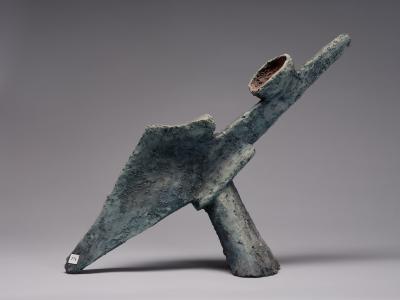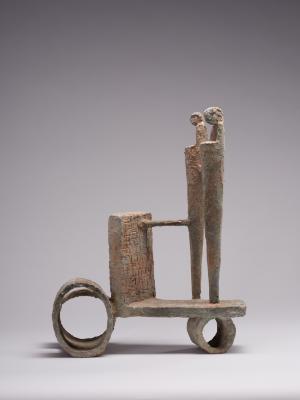Girl with a Book
Antonina Ivanova
- ID
- Ж-5131
- Author
- Antonina Ivanova
- Name
- Girl with a Book
- Country
- Ukraine
- Culture
- Eastern Europe
- Technique
- tempera painting
- Material
- cardboard tempera
- Dimensions (height x width, cm)
- 12.8 x 10.2
- Type
- painting
- Genre
- narrative art
- Plot
- Girl with a book
- Provenance
- Received from All-Union Artists' Cooperative in Moscow, 1977. Legacy of A. Ivanova
- Exposition
- Lozinski Palace


